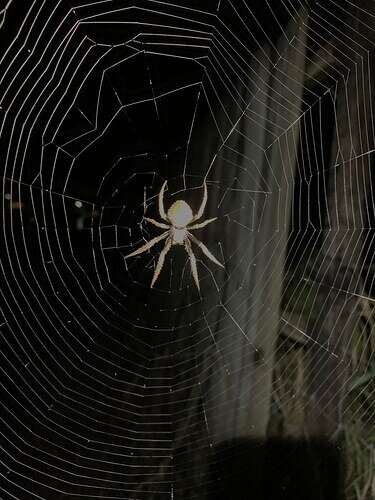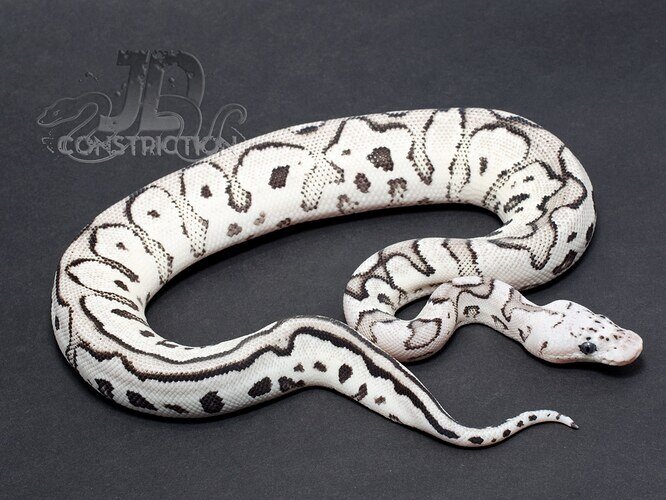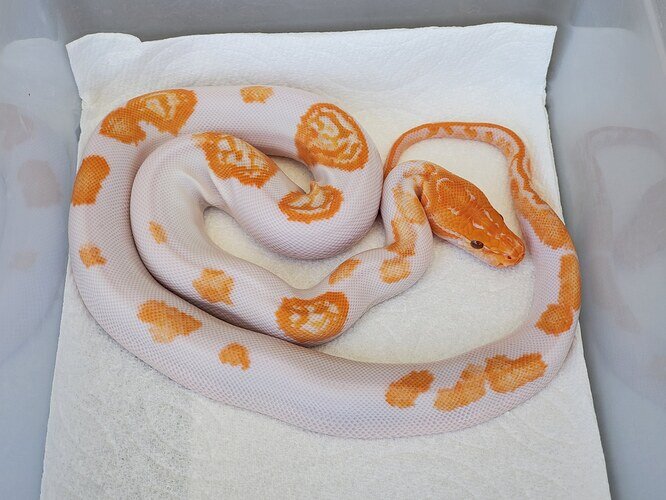Written by: Fran Marshall
Source: UVB lighting – part 3 – calcium, D3 and UV
UVB lighting is a hugely important aspect of reptile keeping, for almost all species. The hobby is starting to realise that our outdated views of UV lighting, especially for nocturnal species and snakes, is incorrect. The way in which we provide our UV is also changing, with the introduction of products such as the Arcadia ProT5 kits. These come as an all-in-one unit, which is much more preferable than the use of bulky controller for powering fluorescent tube bulbs.
But why is UV so important? Most people know that it’s essential for reptile health, but what does it actually do within their bodies?
The UVB that we provide for our reptiles is a replication of what we receive naturally from the sun, mimicking the UV-B rays. The sun emits 3 main sunlight rays. UV-A is visual light, that allows us to see, and that comes from the sun and from our light bulbs within our reptile enclosures, usually their heat bulb. This UV-A is also very important, as it allows our bodies to follow the day and night cycle, keeping us in a good rhythm. This is why it’s not recommended for you to use lit-up electronics late at night, as the UV-A from them can throw off your circadian rhythm and upset your natural day and night balance.
There is also UV-C that comes from the sun, which is the harmful rays that cause skin burn, and is largely blocked out by the ozone layer. UV-C rays are utilised in many ways, including in fish filtration, by replicating it and using it to kill microorganisms within the water.
The last type, UV-B, is what we’re interested in. When the skin (reptile or human) is exposed to the UV-B rays it is able to take this and convert that into a previtamin D, and then a Vitamin D, which is in fact a hormone. This is then able to very effectively travel around the body in the bloodstream, where is it used almost throughout – almost all the cells and organs that are within the body have a Vitamin D receptor.
It is best known in reptile terms for regulating the phosphate and calcium levels. It allows for the effective use and storage of calcium, ensuring that bones are kept strong and healthy, and avoiding health issues such as metabolic bone disorder.
But it is also used for the production of other hormones, by helping to transmit nerve impulses to the brain, and also for the strengthening of the immune system, as well as maintaining muscle strength. It becomes very important for fertility, both in conceiving, with the boost in sperm counts, as well as during pregnancy, where the NHS recommends all pregnant women take a Vitamin D supplement, due to the improvement of immunity and the decreased risk of infections and pre-eclampsia. All of these count for both human and reptiles, and so you start to see the true benefit of Vitamin D, and therefore the importance of providing the UVB lighting, along with the correct supplementation, to our reptiles.
In a captive sense, where our reptiles must have a form of processed UVB, the use of supplements is also important, as they need the calcium to be provided in order for the Vitamin D to store and utilise it correctly. If they are lacking in either calcium or the correct UVB, they will be unable to use the other correctly within the body, causing firstly metabolic bone disorder, but also the chance of more infections, lower fertility rates, and other potential hormonal balances, and their subsequent consequences.
So the question is, are you providing the right UVB for your reptiles? And are you yourself getting enough Vitamin D?


